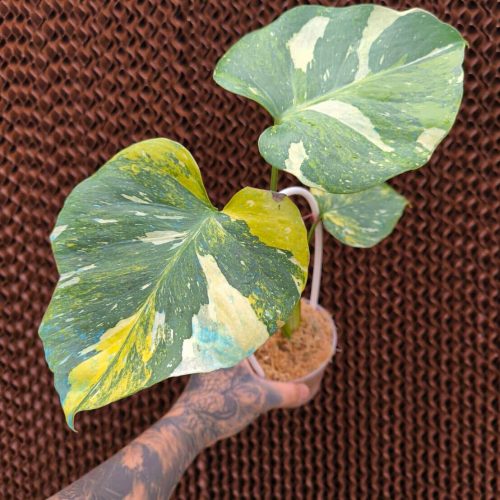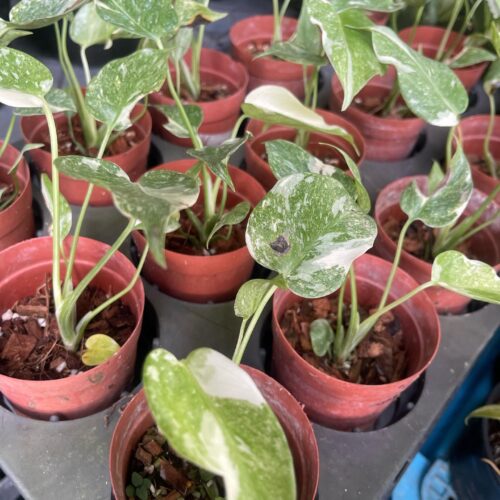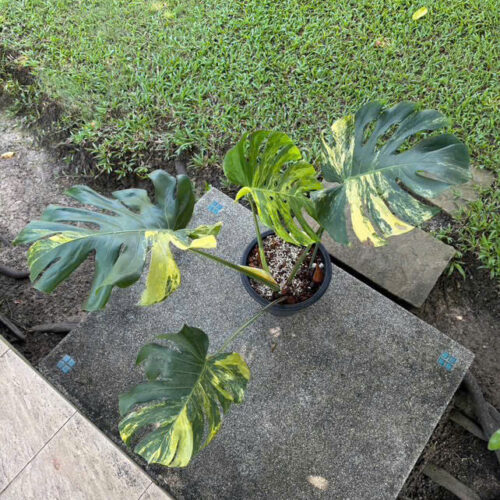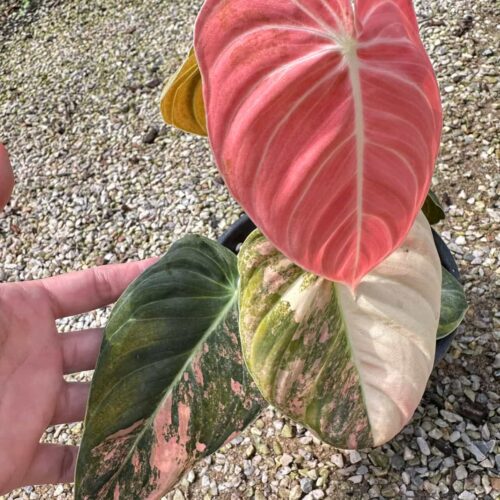Are you a plant enthusiast looking to add some unique and exotic specimens to your collection? Look no further than aroids plants! With their striking foliage, impressive sizes, and intriguing growth patterns, aroids have gained immense popularity among indoor and outdoor gardeners alike. In this article, we will delve into the captivating world of aroids, providing you with an extensive list of these remarkable plants, insights into what aroids are, where to find rare aroids for sale, and tips on caring for aroid house plants. So, let’s embark on a horticultural adventure and uncover the wonders of aroids!
What Are Aroids Plants?
Aroids refer to a diverse group of flowering plants belonging to the family Araceae. This family comprises numerous genera and species, each displaying its own distinctive characteristics. One prominent feature of aroids is their showy leaves, which come in various shapes, sizes, and colors. From the iconic heart-shaped leaves of philodendrons to the massive fenestrated foliage of Monstera deliciosa, aroids exhibit a wide range of leaf morphology that captivates plant enthusiasts worldwide.
The appeal of aroids extends beyond their foliage, as many species produce unique flowers known as inflorescences. These fascinating blooms often possess intricate structures and remarkable colors, adding another layer of intrigue to the already captivating aroid plants.
Aroids Plants List: Exploring the Diversity
- Philodendron (Philodendron spp.)
- With over 400 species to choose from, philodendrons offer an extensive variety of aroids for plant lovers. From the compact and easy-to-grow Philodendron scandens to the strikingly patterned Philodendron gloriosum, there is a philodendron to suit every taste and skill level.
- Philodendrons are renowned for their ability to thrive in a range of indoor conditions, making them popular choices for aroid enthusiasts seeking low-maintenance houseplants. These adaptable plants tolerate low light levels and can withstand periods of drought, making them ideal for busy individuals or those new to gardening.
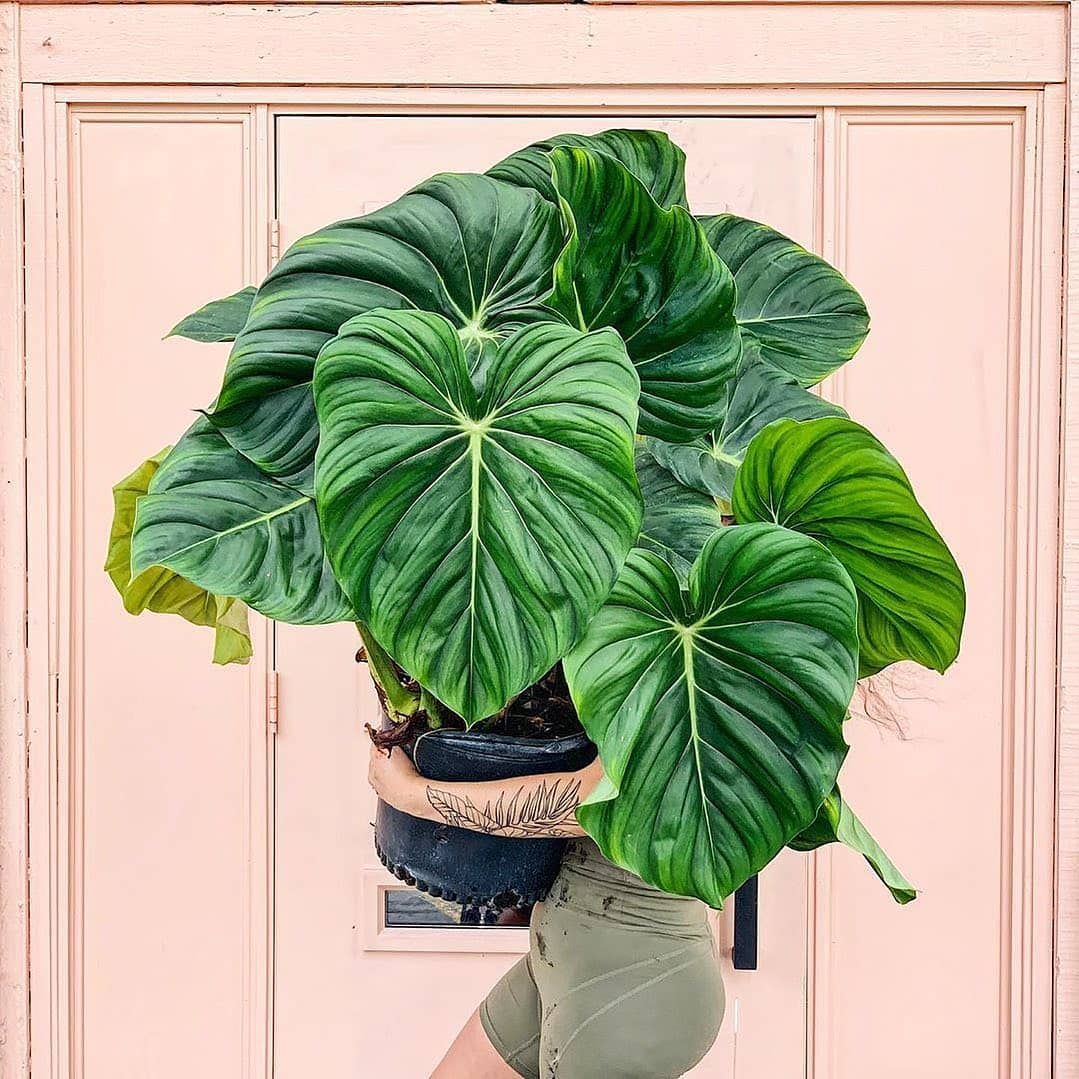
- Monstera (Monstera spp.)
- Monstera plants have amassed a dedicated following due to their distinctive fenestrated leaves, which develop as the plant matures. One notable monstera species is the Monstera deliciosa, commonly known as the Swiss cheese plant. Its iconic perforated leaves have become an emblem of tropical aesthetics in interior design.
- Monstera varieties, such as Monstera adansonii and Monstera obliqua, offer unique leaf shapes and patterns, making them highly sought-after among plant collectors. These climbing aroids require a support structure to showcase their trailing vines and create a stunning visual display in any space.
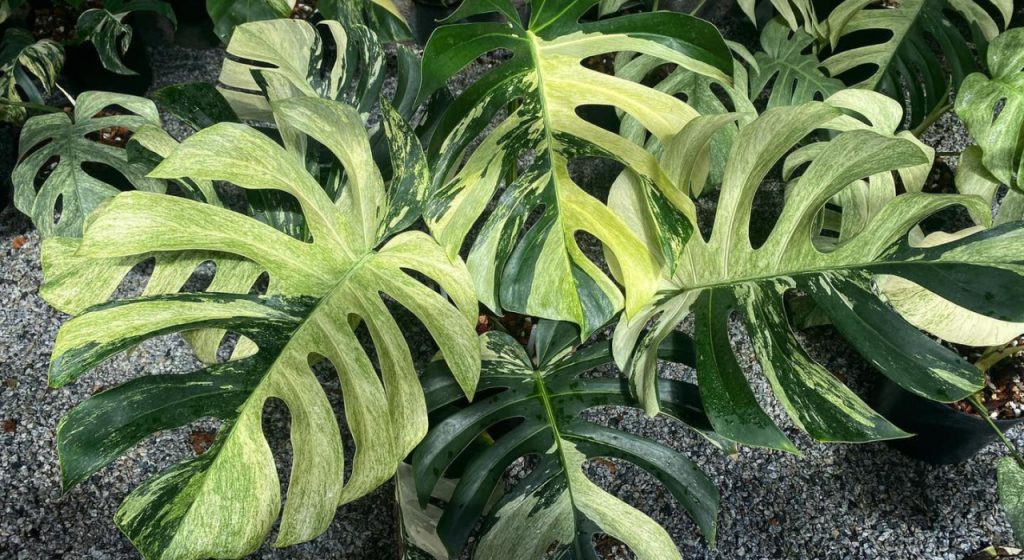
- Anthurium (Anthurium spp.)
- Anthuriums are prized for their vibrant and long-lasting flowers, which come in an array of colors, including red, pink, orange, and white. Their striking blooms, coupled with glossy green leaves, make anthuriums a striking addition to any plant collection or floral arrangement.
- These aroids prefer bright, indirect light and moderate humidity. With proper care, anthuriums can bloom throughout the year, adding a touch of tropical elegance to your living space.
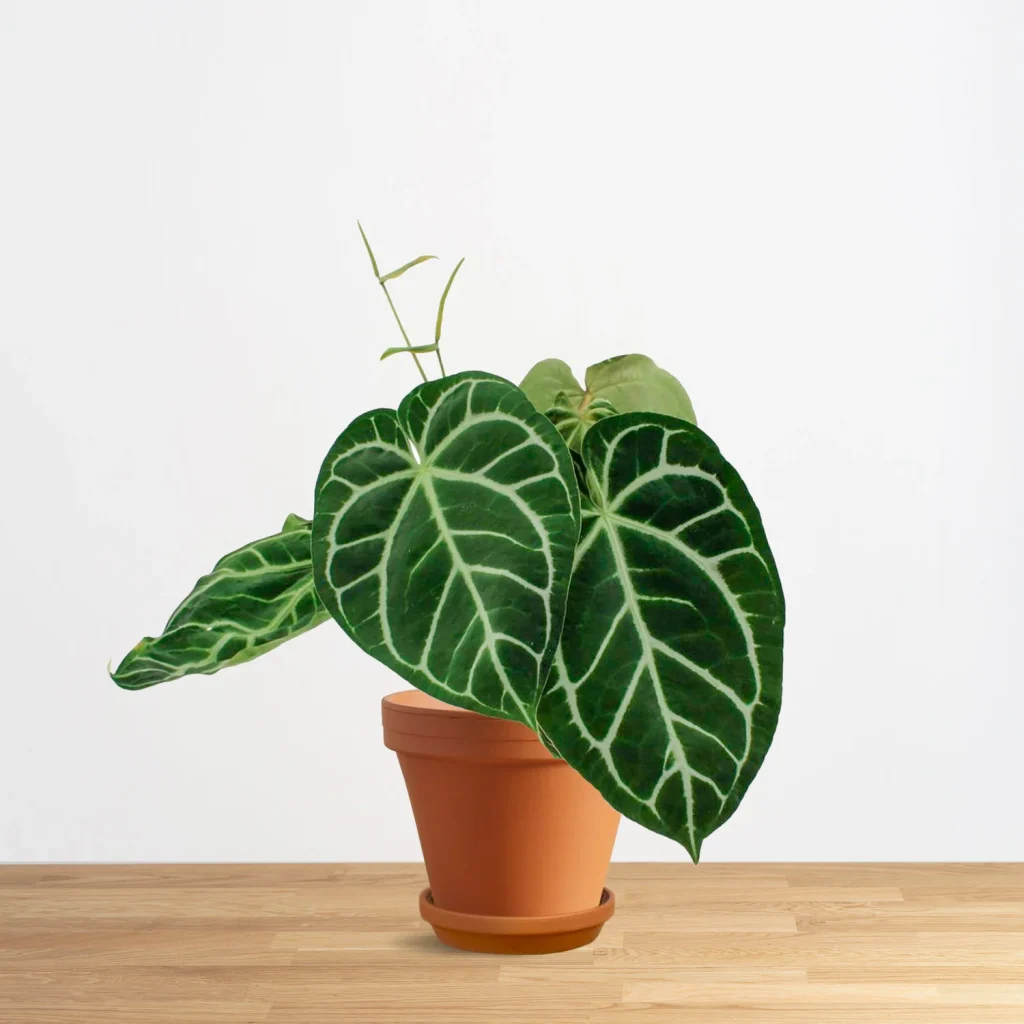
- Alocasia (Alocasia spp.)
- Alocasia plants, also known as elephant ears, exhibit colossal heart-shaped leaves that command attention. The dramatic foliage of Alocasia reginula, with its contrasting veins and dark coloration, creates a visually stunning centerpiece in any room.
- While alocasias require a bit more attention and care compared to some other aroids, their majestic presence justifies the effort. These plants thrive in warm and humid environments, making them ideal for indoor gardening in certain regions.
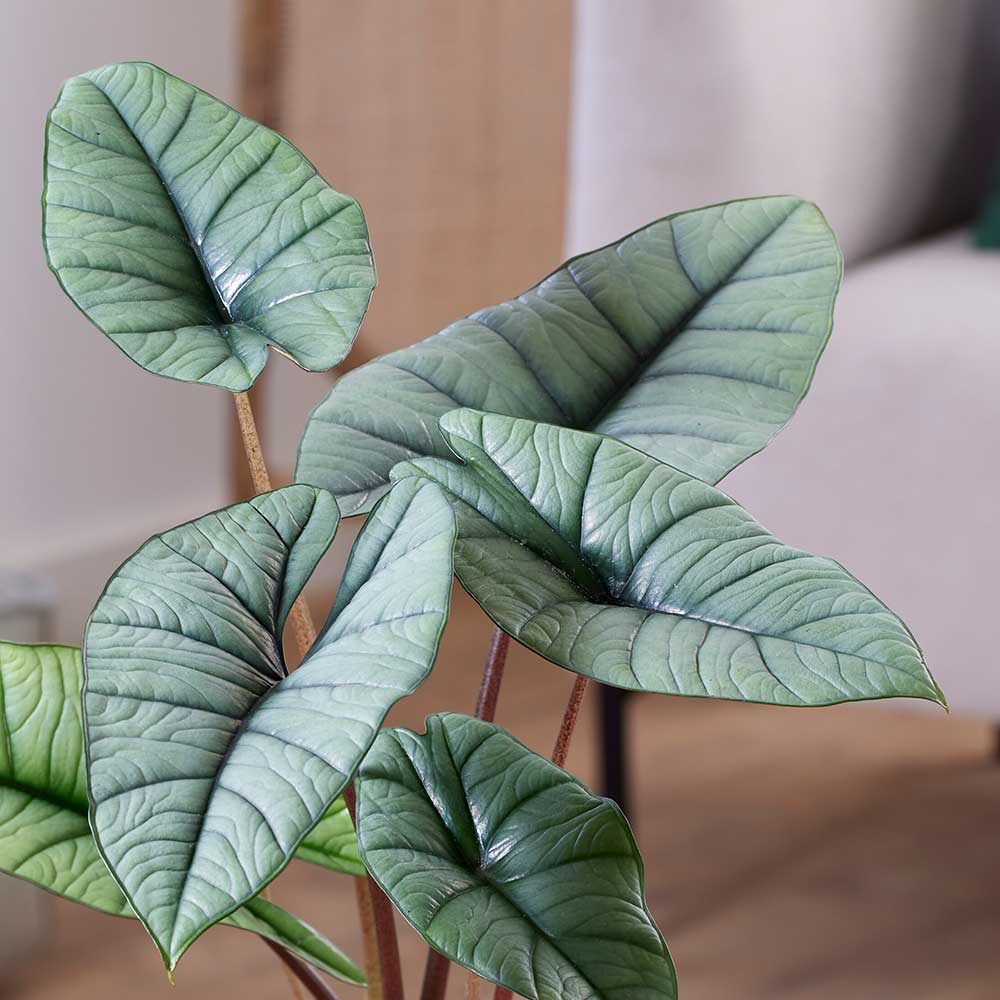
- Aglaonema (Aglaonema spp.)
- Aglaonema, or Chinese evergreen, is a genus of aroids known for its attractive variegated leaves. From dark green with silver markings to vibrant hues of red and pink, aglaonemas offer an impressive range of foliage colorations that can brighten up any space.
- These aroids are renowned for their resilience and ability to tolerate lower light levels, making them suitable for offices or spaces with limited natural light. With regular watering and occasional fertilization, aglaonemas can thrive as low-maintenance houseplants.
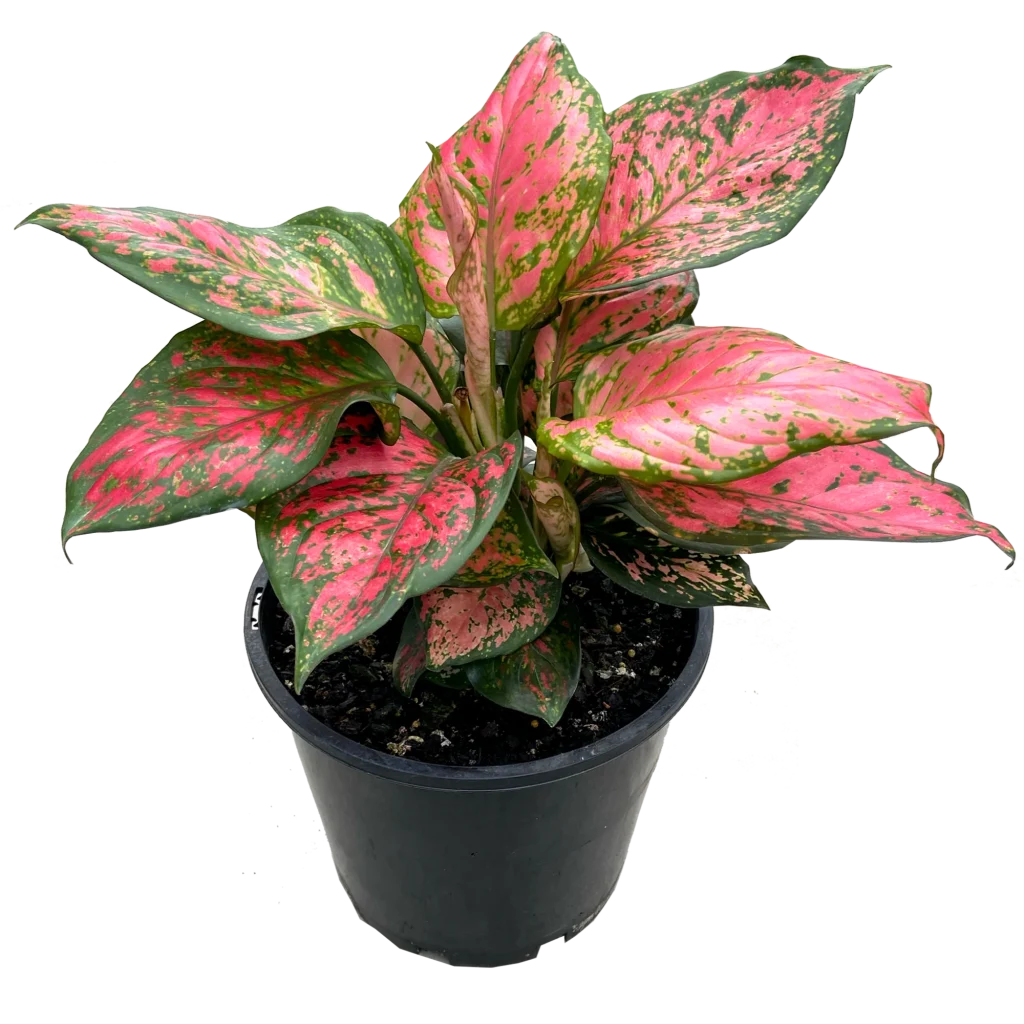
Rare Aroids: Unveiling Nature’s Masterpieces
If you’re an avid plant collector yearning for something truly extraordinary, rare aroids might be the perfect addition to your botanical treasure trove. Here are a few remarkable gems that will undoubtedly captivate your imagination:
- Rhaphidophora tetrasperma
- Also known as Mini Monstera or Ginny Philodendron, Rhaphidophora tetrasperma is a sought-after aroid due to its unique leaf shape and compact size. Its split leaves resemble those of the Monstera deliciosa, but on a smaller scale, making it an excellent choice for space-limited areas.
- This rare aroid thrives in bright, indirect light and prefers well-draining soil. With its fast growth rate, it can quickly fill out a trellis or hanging basket, adding a touch of tropical elegance to your home.
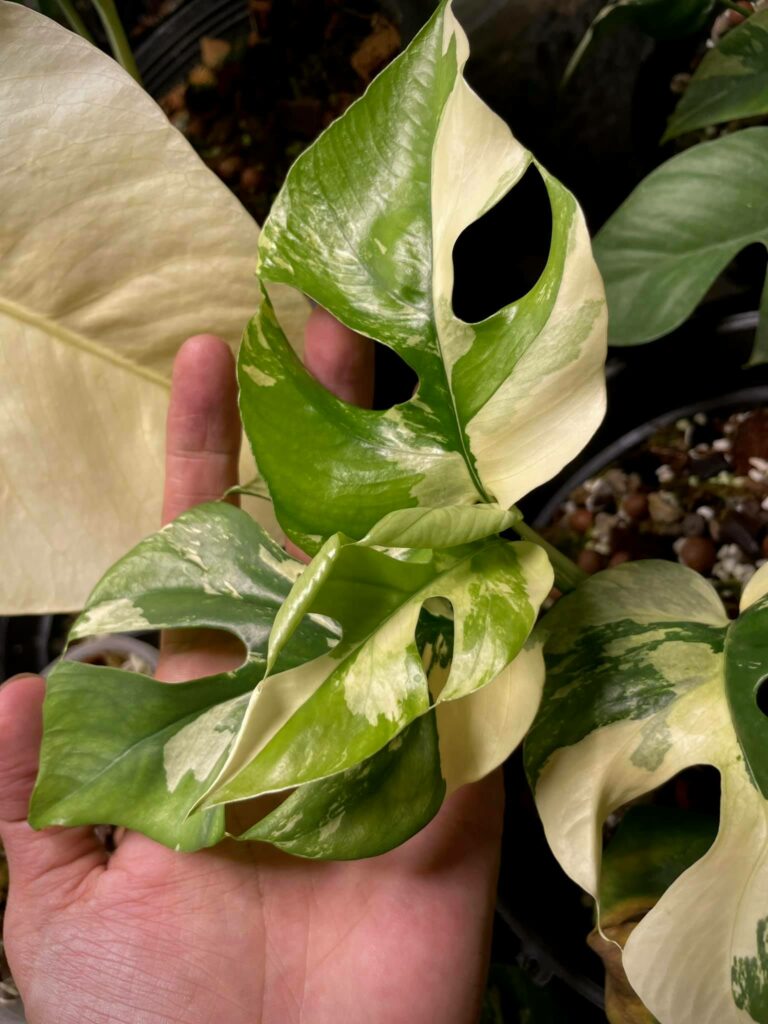
- Anthurium clarinervium
- Anthurium clarinervium is prized for its large, heart-shaped leaves that feature striking white veins against a deep green background. This rare species demands attention and makes for a stunning focal point in any plant collection.
- To keep this aroid happy and thriving, provide it with bright, indirect light and high humidity levels. Regular misting and careful watering will help maintain its lush foliage and promote healthy growth.
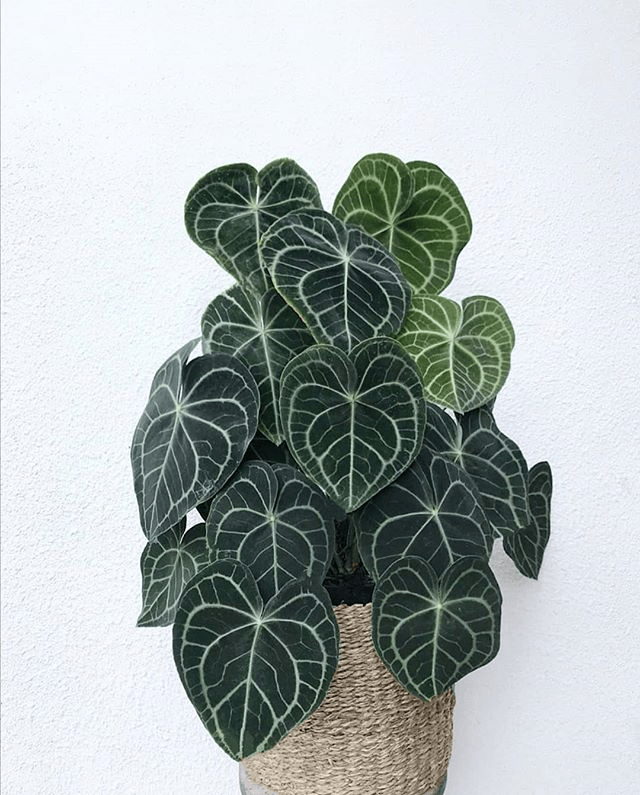
- Philodendron Pink Princess
- Philodendron Pink Princess has gained cult status among plant enthusiasts, thanks to its variegated leaves displaying hues of dark green, light green, and vibrant pink. Each leaf is a unique work of art, making this rare aroid a highly coveted and valuable addition to any collection.
- While this philodendron requires bright, indirect light to maintain its variegation, it’s essential to shield it from direct sunlight, as it can scorch the delicate leaves. Provide ample humidity, and allow the soil to dry between waterings to prevent root rot.

- Aglaonema pictum tricolor
- Aglaonema pictum tricolor stands out with its bold, tri-colored leaves featuring shades of green, silver, and pink. This rare aroid boasts an exquisite foliage pattern that adds visual interest to any space and complements various interior design styles.
- Keep this aglaonema in a well-lit area with indirect light, as too little light can cause the colors to fade. Ensure consistent watering and avoid overwatering, as aglaonemas prefer slightly moist but not waterlogged soil.
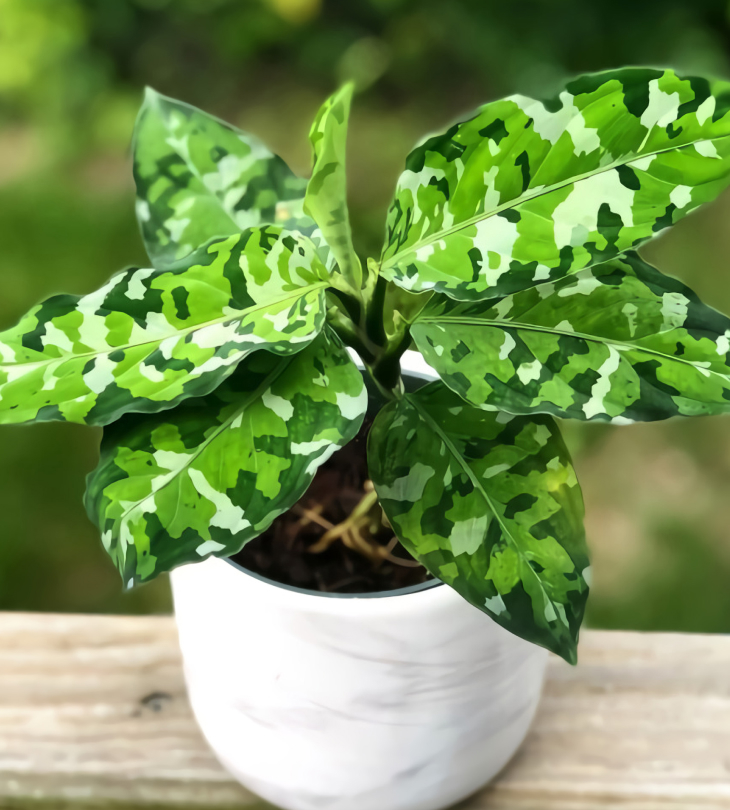
Aroids for Sale: Finding Your Dream Plants
If you’re eager to expand your aroid collection, there are various avenues to explore when searching for aroids for sale. Here are some options to help you find your dream plants:
- Online Plant Stores and Nurseries
- The digital landscape has made it easier than ever to find and purchase aroids online. Numerous specialized plant stores and nurseries offer a wide array of aroid species, including rare and sought-after varieties. Browse through their catalogs, read reviews, and select reputable sellers known for quality plants and reliable shipping practices.
- Plant Expos and Botanical Gardens
- Attending plant expos or visiting botanical gardens can be a delightful experience for plant enthusiasts. These events often feature vendors selling aroids and other unique plants. Exploring the offerings in person allows you to carefully inspect the plants and choose the ones that resonate with you. Additionally, you may encounter knowledgeable sellers who can provide valuable insights and advice on caring for aroids.
- Local Plant Enthusiast Communities
- Joining local plant enthusiast groups or forums can connect you with fellow collectors who may be willing to trade or sell aroids from their personal collections. Networking within these communities provides an opportunity to discover rare specimens and exchange knowledge and experiences with like-minded individuals.
- Rare Plant Auctions and Sales
- Occasionally, specific organizations or plant societies host auctions or sales dedicated to rare and exotic plants. These events attract avid collectors and offer a chance to acquire highly sought-after aroids that may be challenging to find elsewhere. Keep an eye on such events and participate if the opportunity arises.
Remember, when purchasing aroids online or from other sources, it’s crucial to research the seller, inquire about plant health and condition, and ensure proper packaging and shipping protocols are followed to minimize stress on the plants during transit.
Rare aroid plants species are the most sought after by aroid plant lovers
Aroid House Plants: Caring for Your Leafy Companions
While aroids possess stunning aesthetics, they also require proper care to thrive in indoor environments. Here are some essential tips for nurturing your aroid house plants:
- Light Requirements
- Most aroids prefer bright, indirect light. Place them near windows with filtered sunlight or use sheer curtains to diffuse intense rays. However, be cautious of direct sunlight, as it can scorch the delicate leaves of some species.
- Watering
- Aroids generally prefer moist but well-draining soil. Water thoroughly when the top inch of soil feels dry, ensuring excess water drains away. Avoid overwatering, as it may lead to root rot. Adjust watering frequency based onthe specific needs of each aroid species, considering factors such as humidity levels, pot size, and environmental conditions.
- Humidity
- Aroids thrive in humid environments resembling their native tropical habitats. Increase humidity levels by misting the leaves regularly or placing a water tray near the plants. Alternatively, you can use a humidifier to create an optimal moisture-rich atmosphere.
- Temperature and Air Circulation
- Most aroids prefer temperatures between 60°F (15°C) and 85°F (29°C). Avoid exposing them to temperature extremes or drafts, as it can stress the plants. Adequate air circulation is also essential for preventing fungal diseases and promoting healthy growth.
- Fertilization
- Feed your aroids with a balanced, water-soluble fertilizer formulated specifically for houseplants. Follow the package instructions for dosage and frequency, typically applying fertilizer every two to four weeks during the growing season (spring and summer).
- Potting and Repotting
- Use well-draining soil that retains some moisture without becoming waterlogged. A mixture of peat moss, perlite, and orchid bark works well for most aroids. As your plants grow, periodically check if they require repotting into larger containers to provide sufficient root space.
- Pruning and Propagation
- Regular pruning helps maintain the shape and size of your aroids. Remove dead or yellowing leaves and trim excessively long vines to encourage compact growth. Some aroids, such as pothos and philodendrons, are easy to propagate through stem cuttings, allowing you to expand your collection or share plants with others.
- Pest Control
- Monitor your aroids for common pests like spider mites, aphids, and mealybugs. If infestations occur, address them promptly by using organic insecticidal soaps or horticultural oils. Regularly inspect both the upper and lower leaf surfaces for signs of pests.
Remember that each aroid species may have specific care requirements, so it’s essential to research and understand the needs of the particular plants you own. With proper attention and care, your aroid house plants will reward you with their stunning foliage and thrive in their indoor habitat.
FAQs (Frequently Asked Questions)
1. Are aroids safe for pets?
- While most aroids are generally considered non-toxic to pets, there may be variations in toxicity levels among different species. It’s always recommended to research the specific aroid species you have or plan to acquire and take necessary precautions to ensure pet safety.
2. Can I grow aroids outdoors?
- Many aroids can be grown outdoors in suitable climates. However, it’s crucial to consider the temperature, humidity, and light requirements of each species. Some aroids are more sensitive to cold temperatures and require protection during winter months. Research the specific needs of your chosen aroids and ensure they are suitable for your outdoor conditions.
3. How often should I fertilize my aroids?
- Fertilization frequency depends on factors such as the type of fertilizer used and the growth rate of your plants. In general, aroids benefit from regular feeding during the growing season (spring and summer). Follow the instructions on your fertilizer package, and adjust the frequency based on the specific needs of your plants.
4. Why are the leaves of my aroid turning yellow?
- Yellowing leaves in aroids can be indicative of various issues, including overwatering, underwatering, nutrient deficiencies, or pest infestations. Assess the watering practices, light exposure, and overall health of your plants to identify the potential cause. Adjust care accordingly to prevent further leaf discoloration.
5. How do I propagate my aroids?
- Aroids can be propagated through methods such as stem cuttings, division, or even seed propagation for some species. Stem cuttings are the most common and straightforward method. Take a healthy stem cutting below a node, remove lower leaves, and place the cutting in water or a well-draining potting mix until roots develop. Refer to specific propagation guides for each aroid species for more detailed instructions.
Conclusion
Aroids plants offer a captivating array of shapes, sizes, and colors that make them a delightful addition to any plant collection. From the iconic philodendrons to the unique foliage patterns of rare aroids, these plants bring a touch of tropical beauty into our homes. By understanding their care requirements and seeking out reputable sellers, you can embark on an exciting journey to explore and acquire aroids that will thrive in your indoor oasis. So, dive into the world of aroids, discover their charm, and let these remarkable plants enrich your botanical adventures.

